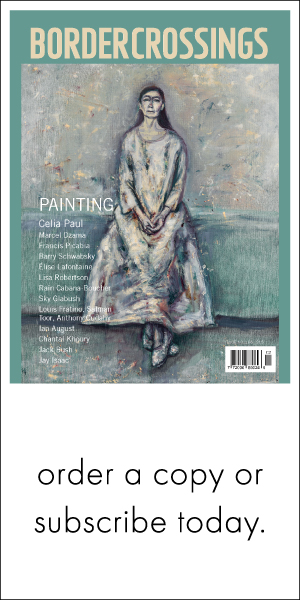In December 2012, a friend invited me to Sarah Ruhl’s Dear Elizabeth, opening at the Yale Repertory Theatre. Drawing on a thirty-year correspondence between Elizabeth Bishop and Robert Lowell, Ruhl based her play completely on the letters themselves, in which the poets and great friends shared details of their writing, illnesses, paranoias, romantic entanglements, and other queer intimacies. Sitting in the darkened theatre, I was transfixed. Clearly, Ruhl knew what it was like to become lost in her research, to fall in love with people long dead, to imagine herself in a different time and place. She had translated more than letters to the stage. She had written her own archival love story.
As it happened, I was in the midst of understanding an archival love story of my own. I was studying the queer history of models, and ostensibly I had come to New Haven to consult the papers of George Platt Lynes. A fashion photographer, Lynes headed up...
Elspeth H. Brown, a professor of history at the University of Toronto, just published Work! A Queer History of Modeling. She last wrote about the activism of M.A.C Cosmetics for the LRC.

